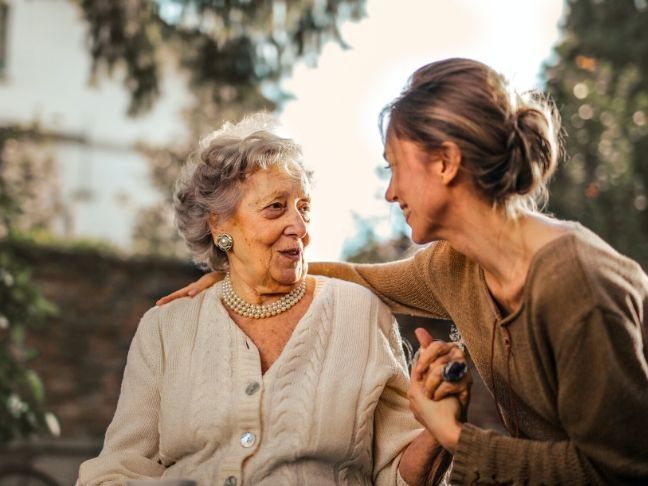Embracing Community: The Impact of Volunteerism and Engagement in Assisted Living Environments
Embracing Community: The Impact of Volunteerism and Engagement in Assisted Living Environments

Assisted living communities thrive on the principles of compassion, support, and a strong sense of community. Central to this ethos is the invaluable contribution of volunteers and the active engagement they foster within these environments. Let's explore how volunteerism plays a pivotal role in enhancing the lives of residents in assisted living facilities.
The Power of Volunteerism
Volunteers are the heart and soul of many assisted living communities. Their selfless dedication brings immeasurable benefits to residents, staff, and the community as a whole.
- Companionship and Social Connection: Volunteers often become cherished companions for residents. They offer friendship, engage in meaningful conversations, and provide companionship, mitigating feelings of isolation and loneliness.
- Enriching Activities and Programs: Volunteers bring a diverse range of skills and interests, offering various activities and programs tailored to residents' preferences. Whether it's leading book clubs, organizing art workshops, or facilitating music sessions, their contributions enhance residents' quality of life.
- Supporting Staff and Resources: Volunteers complement the efforts of staff members, offering additional support and resources. They assist in organizing events, providing transportation, or even sharing expertise in specific areas such as technology or fitness.
Benefits of Engagement for Residents
Active engagement within assisted living environments significantly contributes to the well-being of residents.
- Sense of Purpose: Participating in activities and social interactions instills a sense of purpose and belonging among residents. It fosters a feeling of being valued and involved within the community.
- Mental and Emotional Stimulation: Engaging in various activities, discussions, or outings stimulates mental faculties, promoting cognitive health. Additionally, these interactions provide emotional support, positively impacting residents' overall mood and well-being.
- Building Relationships: Engagement opportunities create avenues for residents to build new friendships and strengthen existing bonds. Shared experiences and collaborative endeavors foster a sense of camaraderie, leading to a vibrant and connected community.
Creating Meaningful Experiences Together
Assisted living facilities actively encourage and facilitate volunteer engagement, recognizing the immense value it brings to residents' lives.
Volunteers undergo training to understand the unique needs and preferences of residents, ensuring interactions are respectful, meaningful, and enjoyable for all parties involved. Additionally, these environments offer flexible schedules, allowing volunteers to contribute according to their availability and interests.
Conclusion:
Building Bridges, Creating Joy
In the tapestry of assisted living environments, volunteerism weaves threads of compassion, empathy, and community. The involvement of volunteers enriches the lives of residents, fostering a nurturing and inclusive atmosphere.
The active engagement facilitated by volunteers creates moments of joy, learning, and connection. These interactions go beyond mere activities; they form the backbone of a caring community that celebrates the individuality and well-being of every resident.
As volunteerism continues to play a pivotal role in assisted living environments, it reinforces the importance of collective efforts in creating vibrant, supportive, and thriving communities for older adults.










